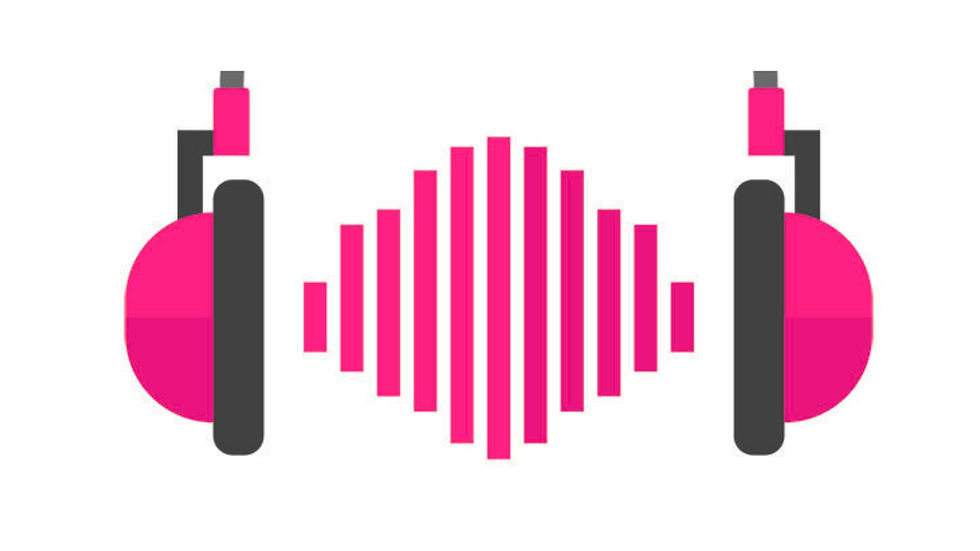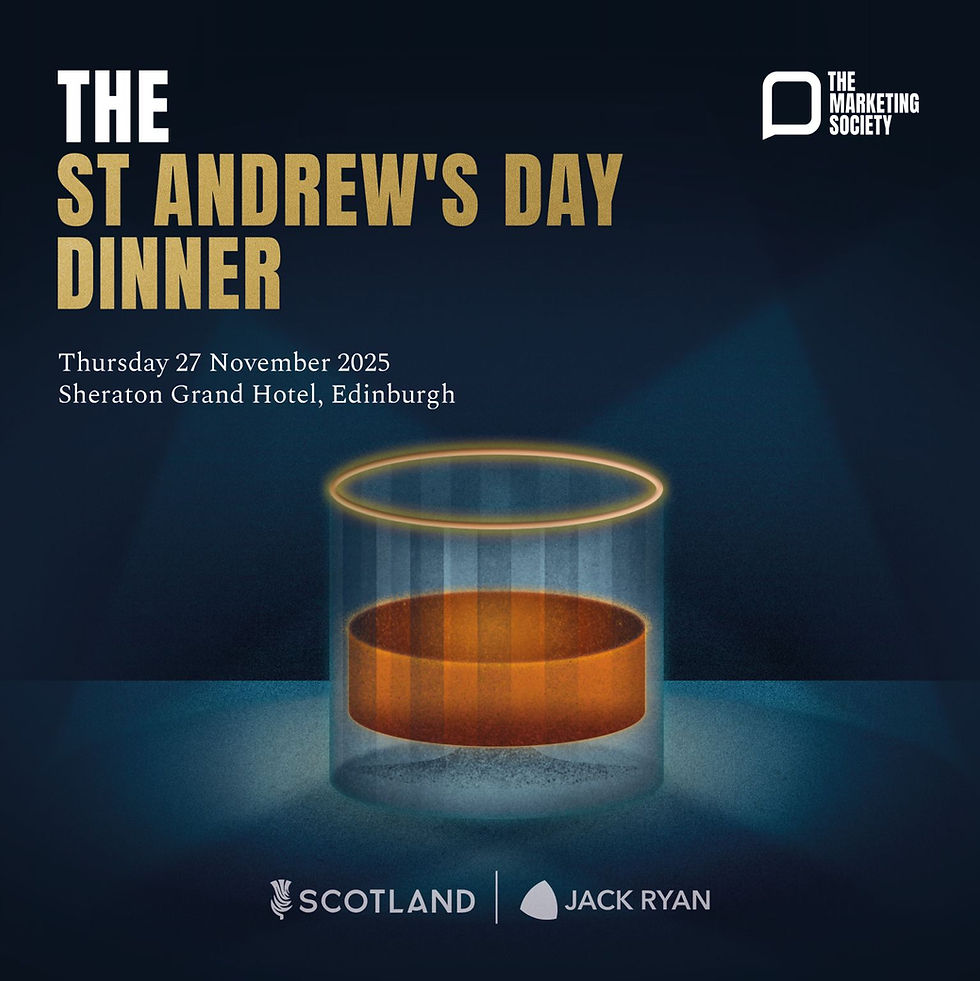Adapting to the Attention Economy: Capturing and Retaining Consumer Focus
- TeamJACK
- Sep 4, 2024
- 4 min read
With a constant barrage of social media posts, paid ads, notifications, and videos, audiences are more distracted than ever. This shift has given rise to what is called the “Attention Economy,” where success increasingly depends on capturing and maintaining consumer focus.
But why does attention matter so much? According to research from KANTAR, attention is closely tied to memory, a crucial aspect of brand recall and loyalty. What goes unnoticed simply won't be remembered, so brands must fight to occupy a space in consumers’ mental landscape. As cookie-based targeting faces restrictions and the way we measure attention evolves beyond clicks and views, the advertising industry is focusing more than ever on capturing and retaining attention effectively.

Every day, the average person is exposed to between 6,000 and 10,000 ads, whether through social media, websites, apps, TV, radio, out of home, or print. This immense volume of messages results in a highly competitive environment where consumers have to make split-second decisions on what content to engage with and what to ignore. This constant exposure leads to cognitive fatigue, which reduces people's ability to focus, process, and retain information effectively. A major consequence of this content overload is the shrinking attention span. Studies suggest that the average person’s attention span has dropped significantly in recent years, with estimates often comparing it to that of a goldfish—around 8 seconds. Whether or not the goldfish comparison holds true, the fact remains that consumers today make snap judgments about what content is worth their time.
Content that doesn’t grab attention within the first few seconds is often lost in the noise, and once a user moves past a piece of content, the chances of them returning to it are slim.
This phenomenon is driven by the way our brains handle the torrent of information. Faced with information overload, the brain employs cognitive filters to prioritise what’s important and discard the rest. This is why content that’s not immediately engaging, relevant, or visually striking is often ignored.
As a defense mechanism against information overload, consumers have developed a habit of skimming content rather than deeply engaging with it. Whether it’s reading a blog post, watching a video, or scrolling through a news feed, people often skim for key points, headlines, or visuals that stand out.
Passive attention profiles per format by second of creative

For brands, this presents a significant challenge. If your message can’t be communicated effectively through headlines, visuals, or the first few lines of text, there’s a good chance it will be missed entirely. Brands need to be strategic, prioritising clear, impactful communication from the start. Traditional storytelling methods that build up slowly may no longer be effective in an era where consumers are conditioned to scan for immediate value.
Another complicating factor is that information overload varies by platform. Each environment has its own rhythm and expectations for how quickly information should be consumed. Social media feeds like Facebook, X, and Instagram present content in an endless scroll, meaning users are constantly moving past content at rapid speeds. Here, brands have only a fraction of a second to grab attention as users swipe through their feeds. Where as short-form video platforms like TikTok or Instagram Reels emphasise quick consumption. Users on these platforms expect content to deliver value or entertainment in a few seconds, or they’ll swipe to the next clip.
On the other hand, streaming platforms like YouTube or OTT services may afford brands slightly more time. However, Kantar’s research highlights that while attention dips at the beginning of in-stream ads, there is a less steep drop-off later, making these platforms more conducive to storytelling—provided the initial hook is strong.
For brands, failing to acknowledge the reality of information overload is a recipe for wasted ad spend and missed opportunities. Brands that attempt to push traditional, long-form messages without adapting to the shrinking attention span will struggle to stay relevant. The brands that succeed will be those that craft content to capture attention instantly and deliver concise, compelling messages.
As KANTAR points out with their research and what we've observed with our own data, understanding attention dynamics across different platforms is crucial for brands. Not all attention is equal, and simply measuring clicks or views isn’t enough. Brands must focus on attention depth—how engaged the consumer was during their exposure to the content—and consider attention time—how long the consumer stayed focused on the ad. This deeper level of insight helps brands optimise ad placement and content to ensure they are getting the most out of their advertising spend.
As a Gold Standard® media agency, we work closely with media partners across verticals to understand changing consumer habitual patterns and identifying both risks and opportunities for brands. Our very own data team work with partner data science experts to test, learn and optimise content; something we're committed to in our pursuit to maximise performance and lead behaviour change across a number of areas.
One piece of work that may be of particular interest from the IAB is an Attention Advertising matrix that you can download here.



